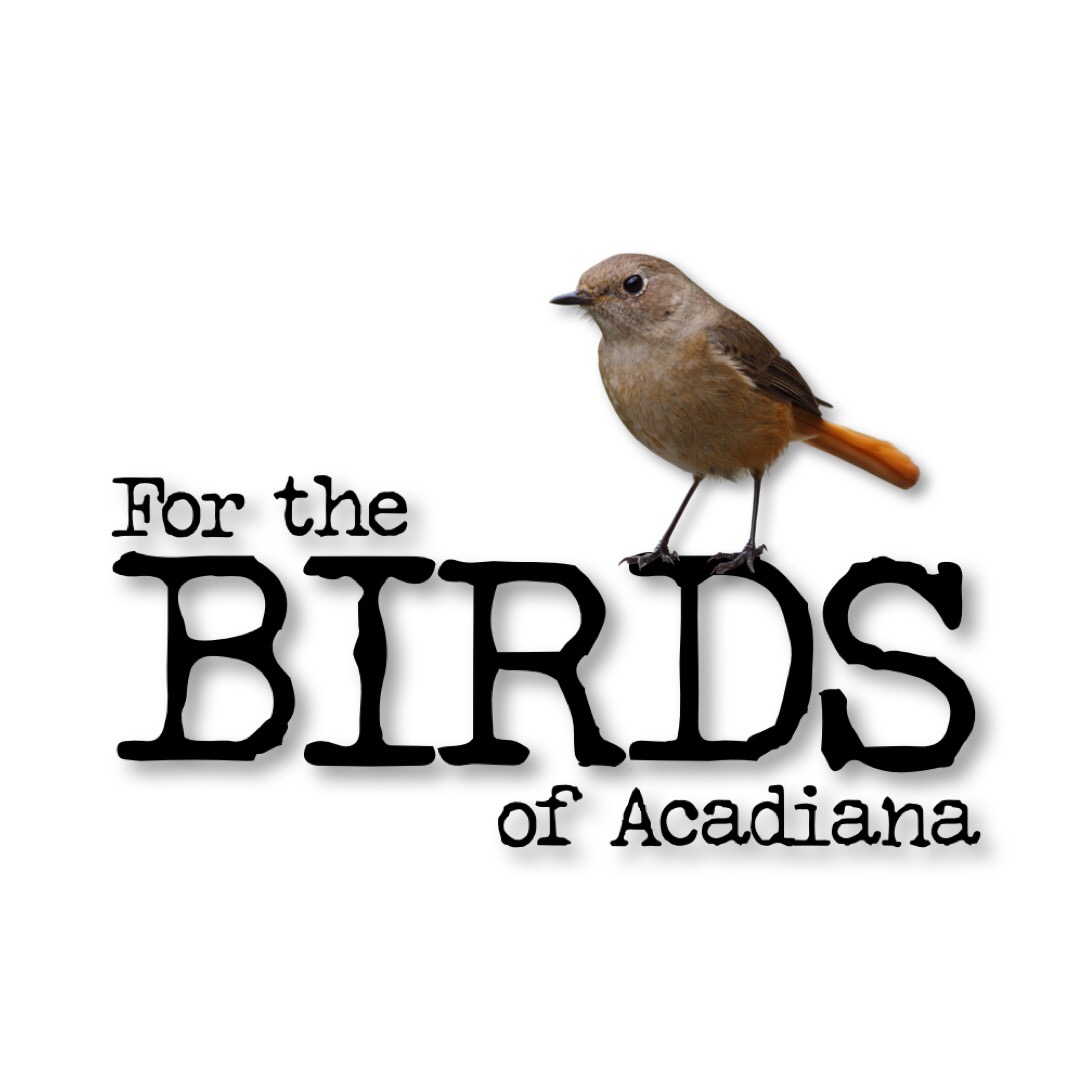The recent irruption of Pine Siskins brings the risk and spread of Salmonellosis to local feeders.
- For The Birds

- Feb 28, 2021
- 3 min read
Updated: Mar 3, 2021
How to help the Pine Siskin and other finch species avoid Salmonella.
***SCROLL TO END FOR INFO ON REPORTING SUSPECTED CASES OF SALMONELLA***
The U.S. is witnessing one of the biggest reported irruption years of Pine Siskins in the U.S. Irruptions are sudden, dramatic increases in the abundance of an animal, in this case caused by conifer cone shortages in northern North America.
The spread of the disease this winter could be exacerbated by what appears to be an “irruption” of winter-roaming finches- an anomaly where finches and other species that generally winter in the boreal forest in Canada and the far north move south and are spotted in areas in larger numbers than non-irruption years. (More information on irruption is available from the Audubon Society website.)
Salmonellosis occurs periodically in Pine Siskins in some winters throughout their range. When large numbers of pine siskins congregate, the disease can spread rapidly causing high mortality. Pine Siskins are especially susceptible to Salmonellosis - most birds can die within 24 hours of infection.
Salmonellosis is a deadly disease that spreads rapidly through Pine Siskin populations. Eventually the disease spreads to goldfinches and other finch species. An epidemic usually begins when birds congregate at bird feeders, or when they use improperly-cleaned bird baths. Typical signs of the illness are lethargy, puffy or fluffed up appearance, and occasionally swollen/irritated eyes.
.Owners of free-roaming cats, please take note: Felines preying on birds infected with salmonella can contract the bacteria. Containing cats is safer for them and safer for songbirds and other small wildlife.
If you use bird feeders, please continue enjoying your avian neighbors, but follow these guidelines to help keep them healthy and safe. Please remember feeding the birds comes with responsibility. Help keep Pine Siskins and other songbirds safe and healthy by following the Songbird-Safe Bird Feeding Guidelines below.
Songbird-Safe Bird Feeding Guidelines
First, please consider using native plants to feed and sustain our native songbirds. Native plants are a superior choice to feed birds than bird feeders. Native plants provide seeds, berries, nectar and, most importantly, INSECTS. Creating backyard habitat with native plants supports songbirds through each stage of their annual life cycle, from breeding to migration, and also attracts a greater diversity of birds.
Songbird-Safe Bird Feeder Cleaning Instructions
Prevent the spread of disease. Bird feeders are a primary reservoir for several avian diseases, including Salmonellosis, which spread rapidly among local songbird populations. If you encounter sick or dead songbirds in your backyard, immediately remove bird feeders and bird baths. Do not rehang feeders for at least 3 weeks after the last sick or dead bird is seen in your yard. Properly clean and disinfect your feeders before refilling and returning them to your yard. Bird baths can be refilled after cleaning and disinfection, but should be cleaned and refilled on a daily basis.
Songbird-Safe Bird Bath Cleaning Instructions
Bird baths should be emptied daily and refilled with fresh water regardless of disease outbreaks. Clean and disinfect once a week by scrubbing with soap and water, rinse and disinfect with bleach solution. Fill or spray the bath with a 1:9 bleach: water solution, cover the bath with a board to prevent birds from entering and let sit for 10 minutes. Rinse the bath very thoroughly before refilling with fresh water.
Other Important Steps to Keep Songbirds Safe
Keep yourself safe. Wear gloves to prevent skin contact with pathogens and bleach. Wear a mask to prevent the accidental ingestion of fecal matter while cleaning feeders and baths. Wash your hands thoroughly with soap and water after contact with a sick or dead bird or dirty bird feeder or bird bath.
Sweep up spilled seed and debris beneath feeders. This reduces the potential for ground-foraging birds to come into contact with infectious fecal matter and also helps discourage the presence of rodents.
Put feeders in cat-free zones.
Please do not attract birds with bird feeders if there are free-roaming cats in your neighborhood.
Reduce the risk of window collisions.
Window strike mortalities can be reduced by moving feeders within 3' of the window or farther than 30'. When feeders are close to a window, a bird leaving the feeder cannot gain enough momentum to do harm if it strikes the window.
***(update 3/4/21)***
LDWF is currently asking for more samples of dead birds you suspect have succumbed to salmonellosis.
USE GLOVES
DOUBLE BAG IN ZIP-LOCK
STORE IN COOL ICE CHEST (Elevate above ice - DO NOT ALLOW TO FREEZE)
For more info contact Nikki at number or email below.
**You can report recent bird deaths (of suspected Salmonellosis) to LDWF disease biologist, Nikki Anderson at nanderson@wlf.la.gov or 225-765-5030.
———-—
If you have found an ill or injured songbird or have questions please contact JULIE at 337-501-4523
Sources: Native Songbird Care & Conservation: http://nativesongbirdcare.org/Home.html
Bird Rescue Center of Sonoma County: https://birdrescuecenter.org/salmonellosis/ My Edmons News: https://myedmondsnews.com/2021/01/with-dramatic-increase-in-population-of-pine-siskins-paw-advises-removing-bird-feeders-to-combat-salmonella/
Washinton Dept. of Fish and Wildlife: https://wdfw.wa.gov/news/help-protect-wild-birds-deadly-salmonellosis
Audubon Society: https://www.audubon.org/news/-pine-siskin-finch-irruption-fall-2020











Comments